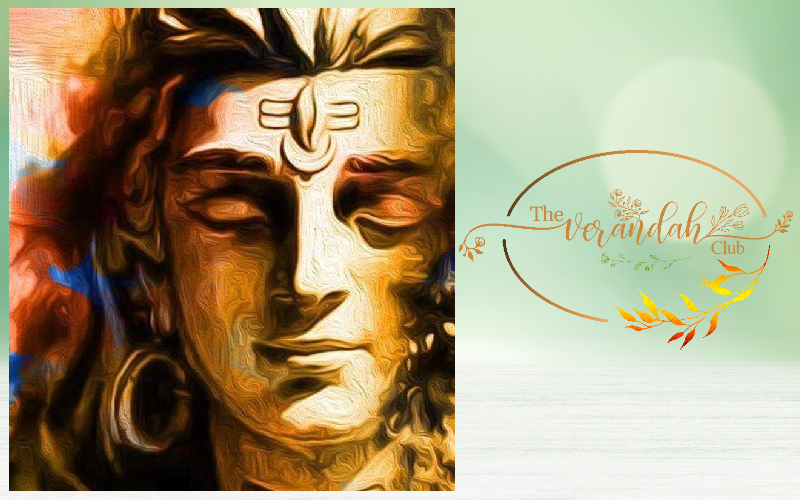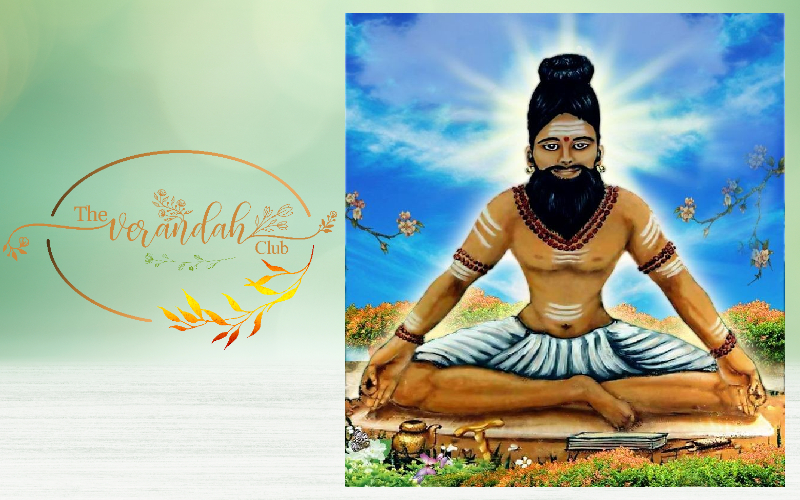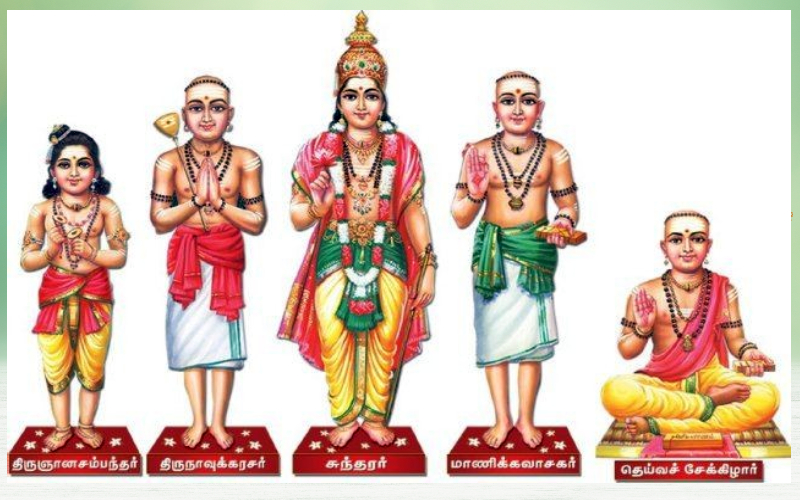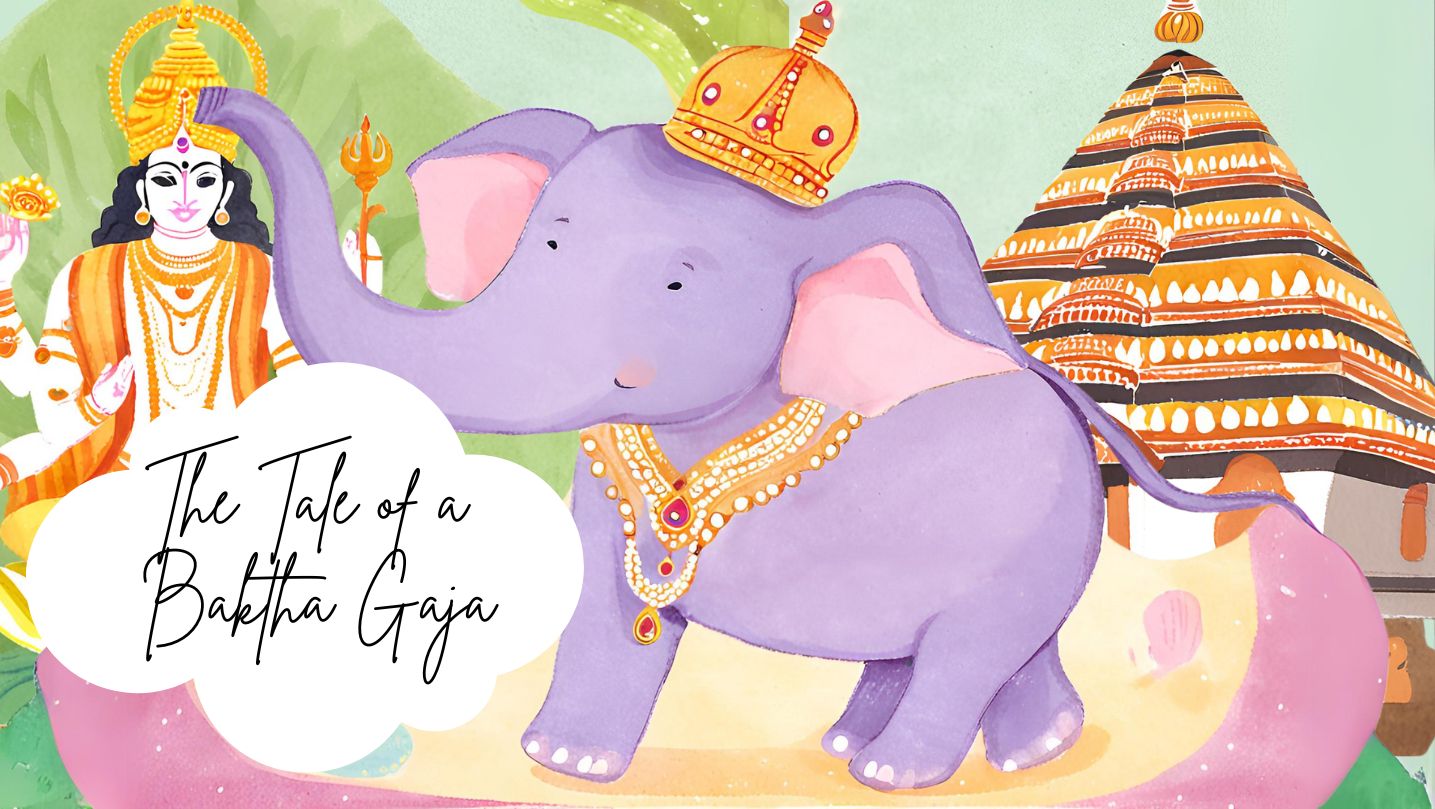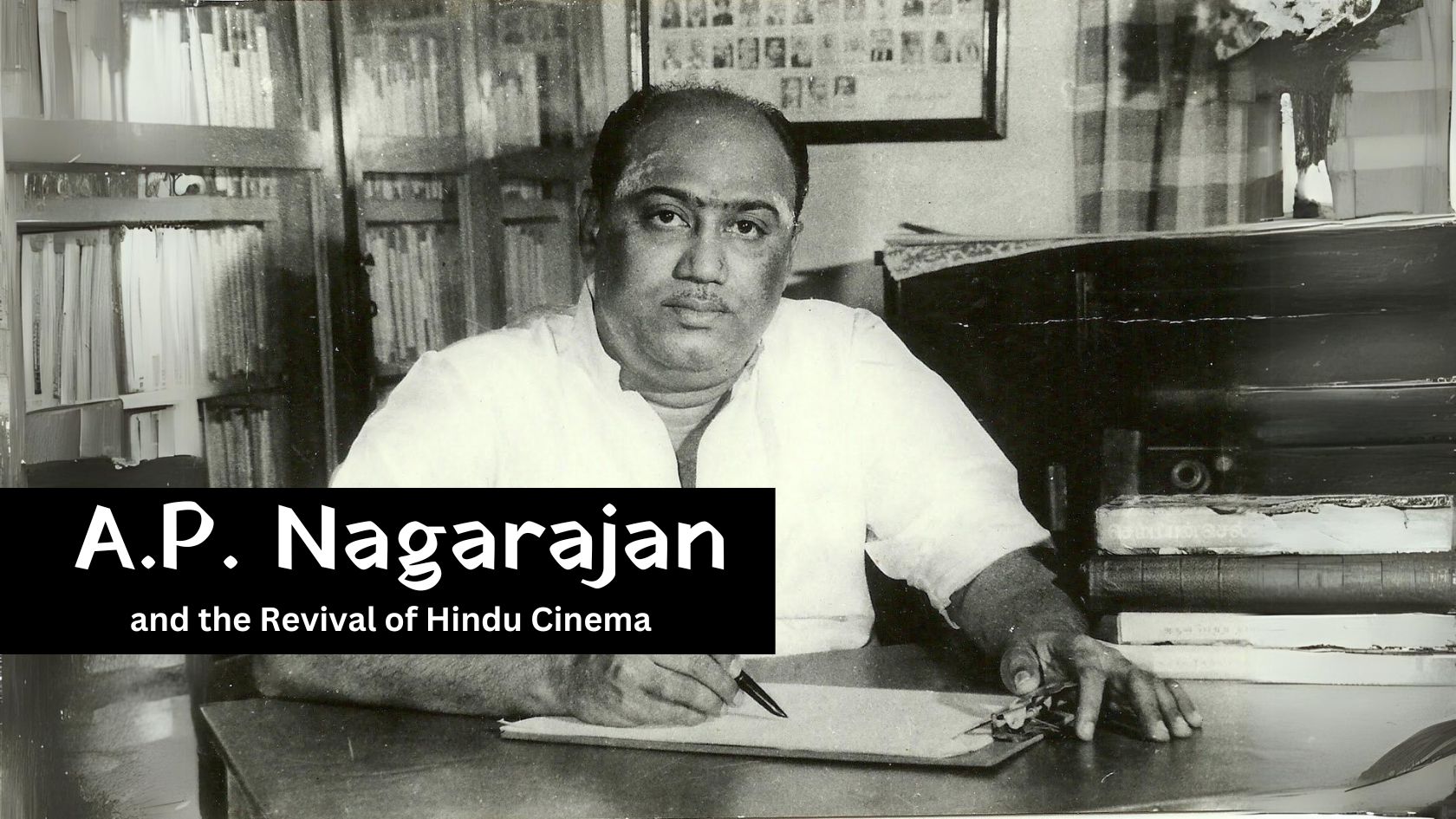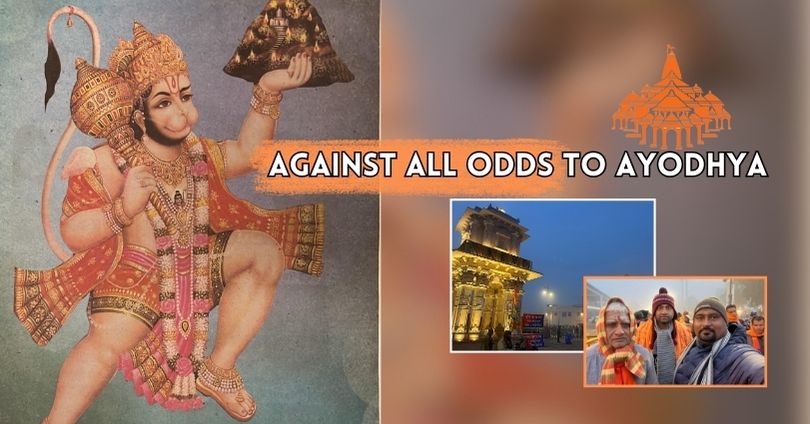Outline to Saivism and the Philosophy
History of Saivism
Saivism is the oldest living philosophical system. It is a complete system that is built on 4 pillars namely:
1. Philosophy, 2. Theology, 3. Practice, 4. Study of the lives of the saints, sages, mystics, poets, and devotees.
The origin of Saivism cannot be traced because it was not founded by any one person in particular. The oldest documentation that can be traced is from the excavations of Mohenjo-Daro and Harappa (3000 BC). The form of the Lingam, Nandhi – the bull and mention about a supreme Godhead called Siva (Sadurtha) appears in the inscriptions and seals of the Indus Valley.
Even today in many parts of the world, they are excavating ruins which had the lingam form of worship. Saivism is seen in many parts of India, Sri Lanka, and other South-East Asian countries in its varied forms. In India, worship of Siva is treated back to the Vedas – more so as ‘Rudra’ and that concept is prevalent throughout the country.
Saivism is seen in its various forms, Siddanta Saivam in Tamil Nadu, Kashmiri Saivism in Kashmir, in Karnataka as the Lingayat movement and as a widespread cult in North India. All these systems have a very string Bhakthi culture backed by philosophy, the roles of saints and the devotional literature in their native languages has contributed to the completeness of these systems in their respective territories.
Saivism in Tamil Nadu
The oldest text on Tamil grammar, the ‘Tholkappiam’, written 2000 years ago speaks of certain aspects of the philosophy of Saivism. There are many references to Siva in the Sangam literature, which is also of the same period. The lady saint, Karaikalammai’s poems of that period are included under ‘Saiva Thirumurai’. Saint Thirumoolar’s, ‘Thirumandhiram’ is also the essence of Saiva Agamas.
The 2nd and 3rd centuries were dominated by the Jains and Buddhists who had the rulers accept their religion. Tamil literature did blossom in this period – Epics like ‘Silapadigaram’ were composed by poets who invariably belonged to the above sects and it was always only a social cause that was promoted. There was not much emphasis laid on divinity. The dark period between 4th and 6th century known as Kalapirar period was when all fine arts, culture, and religious activities were put down by the rulers with an iron hand. They felt that these would weaken the people.
When the land is parched and dry, the showers of blessings will come. Thus, came the Nalvar, the four saints, between the 7th and the 9th centuries, namely Thirugnana Sambandar, Appar, Sundarar, and Manickavasagar, whose outpouring of devotional hymns called ‘Thevarams’ changed the outlook of the distracted, dejected people. The works extolled Siva as the Supreme God head and personal God who was compassion personified.
The saints known as Nayanmars laid the foundation for the Bhakthi movement of Saivism and travelled by foot to every village and made worship of the Supreme possible even to the common man. They laid emphasis on unconditional surrender and limitless love, as the ultimate path. It would not be an exaggeration to say it was them that brought the devotee and Lord together irrespective of caste and gender. Their contribution to Tamil and Saivism is unparalleled and it is the very core on which the Saiva Siddhantham philosophy was built a few centuries later.
The Alwars who propagated Vaishnavism, having Vishnu as the Supreme Godhead also were of the same period. Their hymns bear the same spirit as that of the Nayanmars.
The 9th and the 10th centuries saw the Great Chola Empire in its glory and splendor. These kings patronized the Bhakthi movement, and it was in this grand era that most beautiful temples of South India were constructed. Arts like Chola bronze, painting, stone sculptures, music, and dance flourished under the kings’ patronage and temple worship attained its pinnacle. ‘Thevaram’, the collection of divine poems was discovered and compiled by the efforts of Raja Raja Chola I who left his imprint in the sands of time by daring vision and accomplishment of the construction of the Brahadeeswara Temple, Tanjore which is the most magnificent temple of all times.
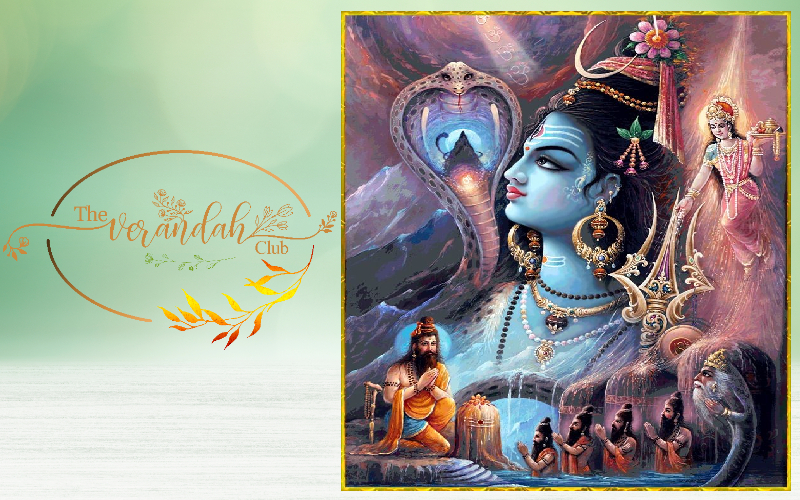
In the 13th century, Meikandar, the child who professed the doctrine of Saiva Siddhantam at a tender age of two, consolidated the principles that form the backbone of this philosophy. It is interesting to note that although many concepts are scattered throughout the ‘Thevarams’, it was he who formulated, the theories about God, the soul, the world, their relation to one another, and the path to liberation. His ‘Sivagnana Bodham’ contains 12 sutras (tenets) which expounds the truth. His disciple, Arul Nandhi Sivachariyar expanded the text as ‘Siddiyar’. Maraignana Sambandar was the third Guru who grace elevated Umapathi Sivam as the fourth preceptor. There are 8 books written by Umapathi Sivam which is called as ‘Saiva Siddanta Attagam’.
The uniqueness of the Saiva Siddhantam literature is that it lays down concepts which can be derived even today, starting from the first principles. The in-depth study of the original scriptures enrichens the mind and enhances one’s thinking.
It was to propagate the teachings of these great saints that several Maddams came into existence. Kancheepuram Thondai Mandala Aadheenam, Thiruvavaduthurai Aadheenam, Dharmapuram Aadheenam are some of them.
The Sanathana Aachariyars expounders of Saiva Siddhantam philosophy have a student lineage which stands until today. This is called the ‘Thiru Kailaya Paramparai’. The Samaya Aachariyars – namely the Nalvar are revered as the Gurus and there is no student lineage that is linked to them. Saivism, as it stands today, is a living system in the field of Bhakthi and philosophy. Many people worship the Lingam in the ancient temples even though they may not be aware of the philosophy behind it.
(Extracts taken from the book 'Saiva Siddhantam - An Inclusive Philosophy for today's World of Infinite Choices' by Dr. Neela Venkatachalam)
